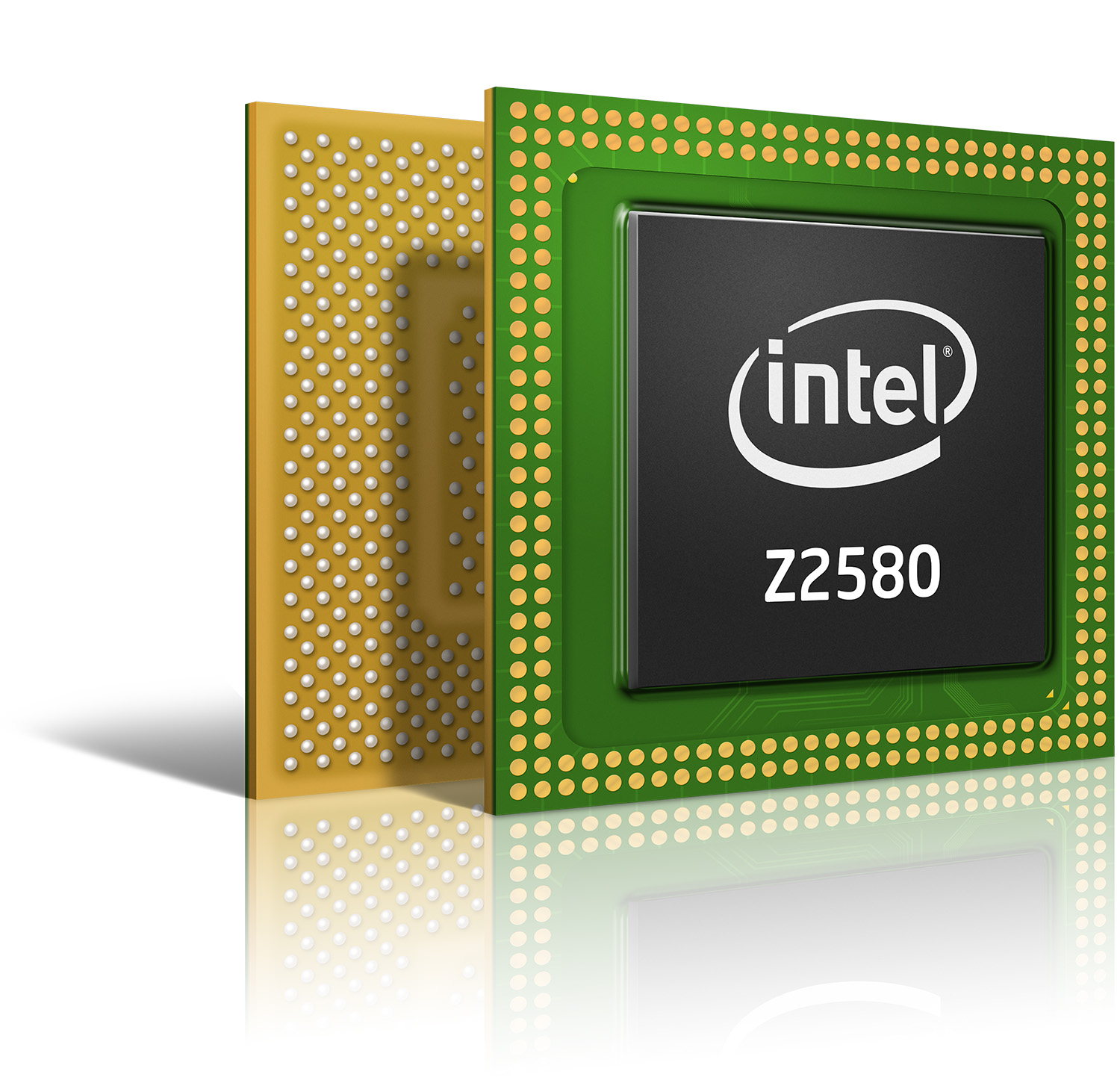MWC 2013: Intel isn't giving up on tablets and smartphones

It’s no secret that Intel has struggled to break into the mobile market. But if there were any doubts as to whether or not the company is in it for the long haul, this week’s announcements should put them to rest. None of these were unexpected, but together the announcements, at Mobile World Congress in Barcelona, seem designed to show Intel remains serious about getting its chips into everything from inexpensive smartphones to high-end tablets.

The biggest announcement was the Clover Trail+ platform, which consists of three new Atom processors, the 2.0GHz Z2580, 1.6GHz Z2560 and 1.2GHz Z2520.
Intel currently has two mobile platforms:
Medfield for Android smartphones includes the 1.6GHz Atom Z2460 single-core with 400MHz PowerVR SGX 540 graphics. (Intel later added the low-end Z2420 used by Acer, Lava and Safaricom for smartphones in developing markets and the high-end Z2480 used in the Motorola Razr i.)
And the Clover Trail platform, which includes the 1.8GHz Atom Z2760 dual-core with 533MHz PowerVR SGX 545 graphics, is used in Windows 8 tablets from Acer, Asus, Dell, Fujitsu, HP, Lenovo, LG and Samsung. All of these processors are manufactured on a 32nm process.
Clover Trail+ takes the Medfield platform, adds a second core and the improved memory controller from Clover Trail, and tops it off with more capable PowerVR SGX 544 dual-core graphics. Intel says it will deliver twice the compute performance and 3x the graphics performance of the Atom Z2640.
Despite the code-name, Clover Trail+ is primarily designed for Android smartphones. The first is the Lenovo IdeaPhone K900, which has a 5.5-inch 1080p display (more than 40 pixels per inch), the Atom Z2580, 2GB of RAM, 16GB of storage, a 13MP camera and Android 4.1.2 Jelly Bean.
Mobile world congress 2016
It will be available starting in the second quarter in China, followed by Russia, India, Indonesia, Vietnam, Malaysia, and the Philippines, but it lacks 4G LTE so is unlikely to be sold in the U.S. But Clover Trail+ is likely to be used on other devices such as Android tablets as well. Asus and ZTE will release devices based on it as well.
Clover Trail+ is manufactured on the same 32nm process as Medfield and Clover Trail. But the follow-up, the 22nm Merrifield platform for smartphones, will be available later this year.
For tablets, Intel is planning to ship its first quad-core platform, Bay Trail, in time for the holidays. At Mobile World Congress, Intel said it is working with a number of the original device manufacturers (Compal, ECS, Pegatron, Quanta and Wistron) to make it easier for their customers to get Android- and Windows-based tablets to market quickly.
Intel is also making progress with its cellular modems, which are critical to be competitive in smartphones. The Medfield platform uses the XMM 6260 HSPA+ baseband while Clover Trail+ uses the XMM 6360 with twice the theoretical throughput (HSPA+ 42Mbps). The XMM 7060, a single-mode 4G LTE modem that Intel announced more than two years ago, will be replaced by XMM 7160, the company’s first multi-mode LTE baseband. It will be shipping in the first half of this year, and is designed for smartphones, tablets and Ultrabooks.
Intel has been working on putting these 3G and 4G basebands on the same die with its processor, but it hasn’t said when this will happen. Pretty much everyone is playing catch-up with Qualcomm when it comes to this level of integration.
Finally, Intel has gotten a few more wins for its low-end Atom Z2420 platform, known by the code-name Lexington. At Mobile World Congress, Asus announced the Fonepad, a 7-inch tablet with the Z2420 and 3G voice and data. A wireless operator in Egypt, Etisalat Misr, is also planning to release a smartphone based on the chip.
None of these moves is going to significantly tilt the playing field. Intel dominates the PC and server processor market, while ARM and the long list of chip designers that use its technology, own the mobile market. (To underscore this, ARM announced at the show that it now has seven licenses for its latest big.LITTLE architecture and 75 companies using its Mali graphics in 150 million chips last year.)
But it does show that Intel has some momentum and doesn’t plan on giving up on tablets and smartphones.
The next steps for Intel will be to use its manufacturing advantage to get 22nm Atom chips out the door, while the rest of the industry is still rolling out 32nm and 28nm processors, and to use its LTE technology to secure some more high-profile designs here in the U.S.
Do you think Intel standas a chance in tablets and smartphones? Let us know your thoughts in the Talkback section below.